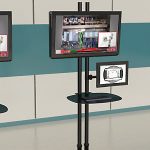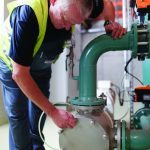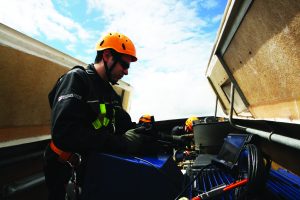In an age where the cost for everything is rising at an alarming rate, the last thing companies want to add is another expense. Asset management, risk mitigation, longevity of wind-farm investments, and the budget are at the top of every wind-farm owner-operator’s mind.
What are the financial costs, liability risks, and data-accuracy implications of having a poorly maintained met tower? They are immense. Poorly maintained towers create exorbitant unexpected costs, potential downtime of data communications, inaccurate data, and increased financial risk and liability.
Even though Lidar has taken center stage recently in regards to wind condition monitoring, there is a vast fleet of aging met towers still in operation, providing very important data. Additionally, Lidar does not work in certain environmental conditions, so it’s not a good fit for every project. For the foreseeable future, met towers will continue to be the gold standard for hub-height data measurement.
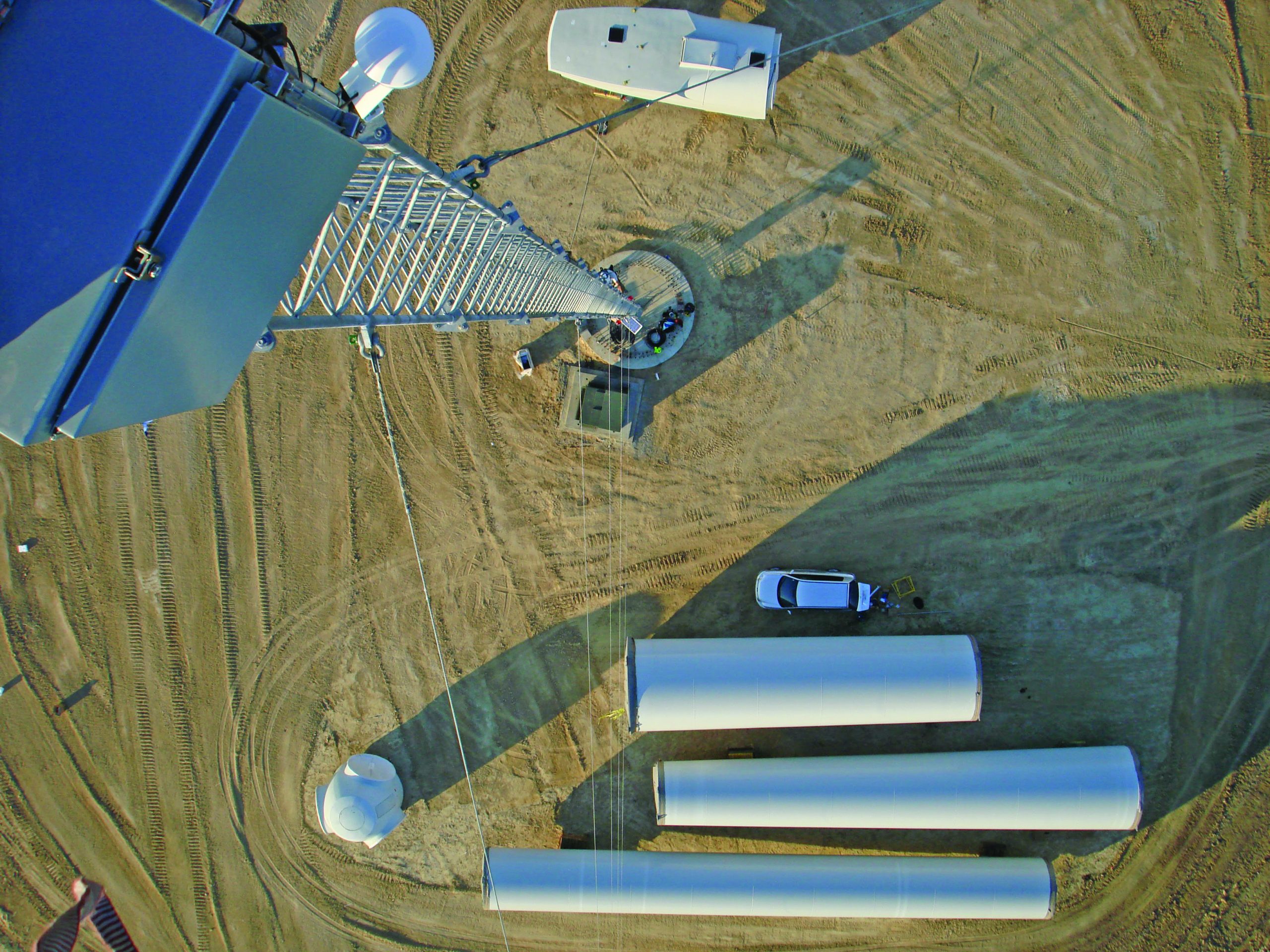
Comprehensive Inspections
Met tower fleet maintenance ensures every wind farm within a company’s portfolio has an optimally functioning met tower. This service means providing annual
(or bi-annual) comprehensive inspections of all components on the tower, including, but not limited to, data acquisition systems, fiber or cellular communications, instrumentation, data-accuracy verification, FAA lighting, tower safety features, and inspection of the tower structure itself.
This means replacing the weather monitoring instrumentation on a proactive, routine timeframe, before errors, glitches, or failed communications can occur. This allows for the most optimal real-time data available, as well as a safe and properly functioning tower.
The cost savings of routine fleet maintenance done by specialists who are familiar with meteorological towers, is significant. Fleet maintenance also provides a well-documented paper trail related to the repairs performed, as well as anticipated and upcoming expenses.
Accurate budgeting of resources toward met towers ensures efficient and consistent function. This is compared to the cost of replacing only failed instruments (when noticed), dealing with the downtime and lack of communications, etc., which ultimately results in inaccurate or missing data. Many times, an owner-operator replaces an instrument on a met tower, only to have another instrument fail days or weeks later.
Emergency, as-needed repair results in substantially higher long-term costs vs. choosing preventative fleet maintenance, which allows for pre-planned budgeting and scheduling for maintenance in a proactive method.
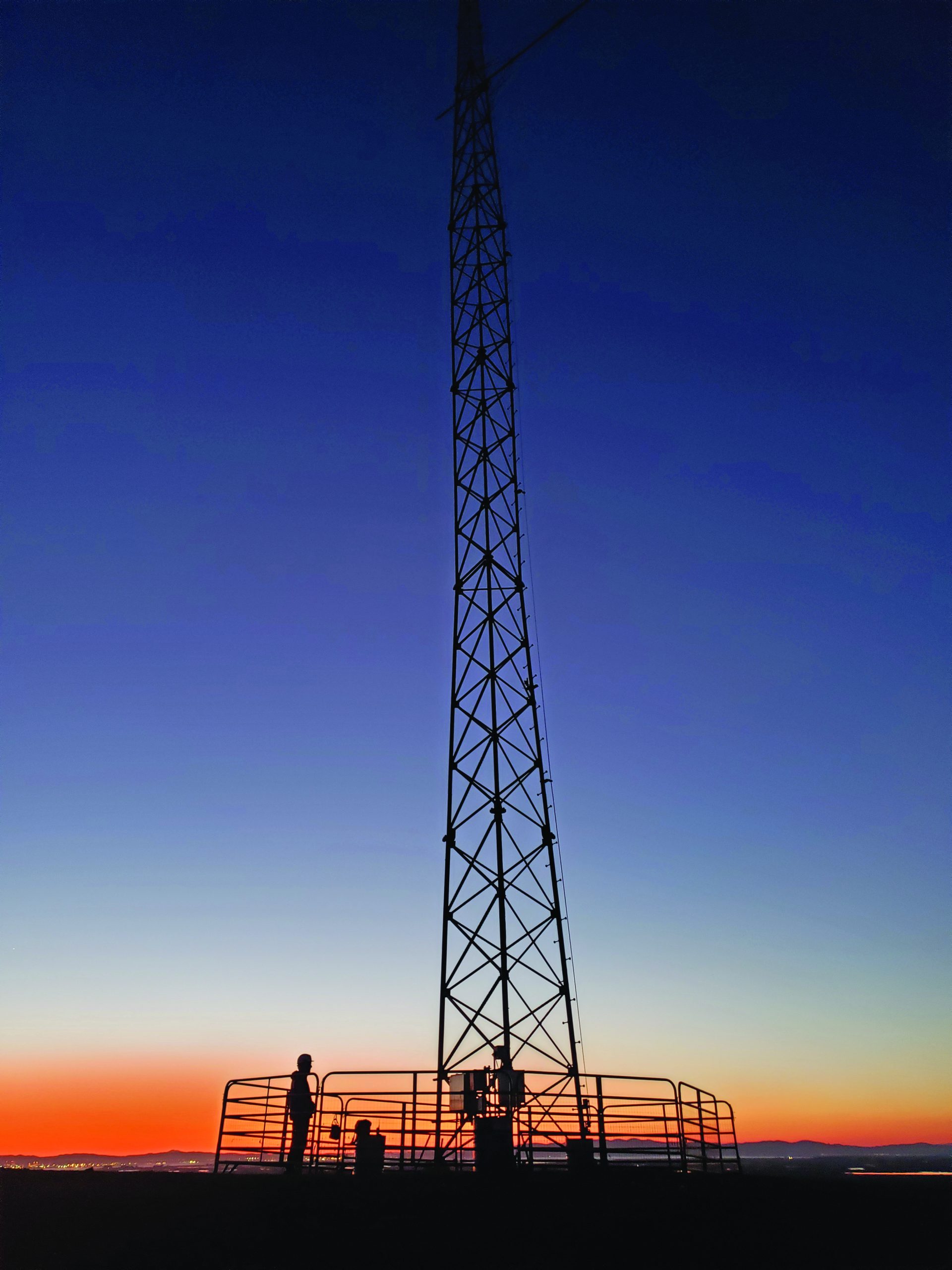
Long-term costs
Adding full service met tower maintenance to a fleet will reduce the long-term costs associated with unknown or neglected problems. This type of maintenance service package saves money on mobilization and labor costs, addresses all maintenance needed in one swift motion (reducing the likelihood of a re-mob). It also reduces the risk of critical sensor failures, increases accuracy of instrumentation, and decreases down-time due to instrument failures.
Hiring one company to perform all fleet maintenance creates a situation of accountability, as it is the sole responsibility of the contractor to ensure all components of the met tower are in functional condition and are up to best practice industry standards. Developing a good relationship with the met tower maintenance team will help ensure condition monitoring will function efficiently, reliably, and safely.
The ColdSnap Towers Fleet Maintenance Program
Preventative instrumentation replacements:
All calibrated and/or critical instruments are replaced during every site visit (annually or bi-annually). In some cases, used instruments can be sent back to the manufacturer for re-calibration, and then installed again during the next visit (which is a huge cost saver)
Replacement of other failed components:
- Replacing any failed instruments discovered while on site.
- Arriving prepared to replace any faulty electronics associated with the data acquisition system, power supply, FAA lights, and communications devices.
- Swapping failed instrument cables as they are discovered.
- Repairing damaged lightning protection.
- Replacement of damaged safety cables.
Verifying:
- Sensors and data acquisition systems are producing accurate data.
- SCADA or modem communications are functioning properly.
- FAA lights are functioning and compliant with FAA regulations.
- Utility and backup power supplies (PV and battery combos) are working.
- The integrity of lightning protection system and tower grounding.
- Instrument mounts are level and in good working order.
- Instrument cables are secured throughout the tower to prevent abrasion damage.
- The safety cable system is in safe working order.
- 10 percent bolt torque check. If 10 percent check fails, a 100 percent bolt torque check is performed.
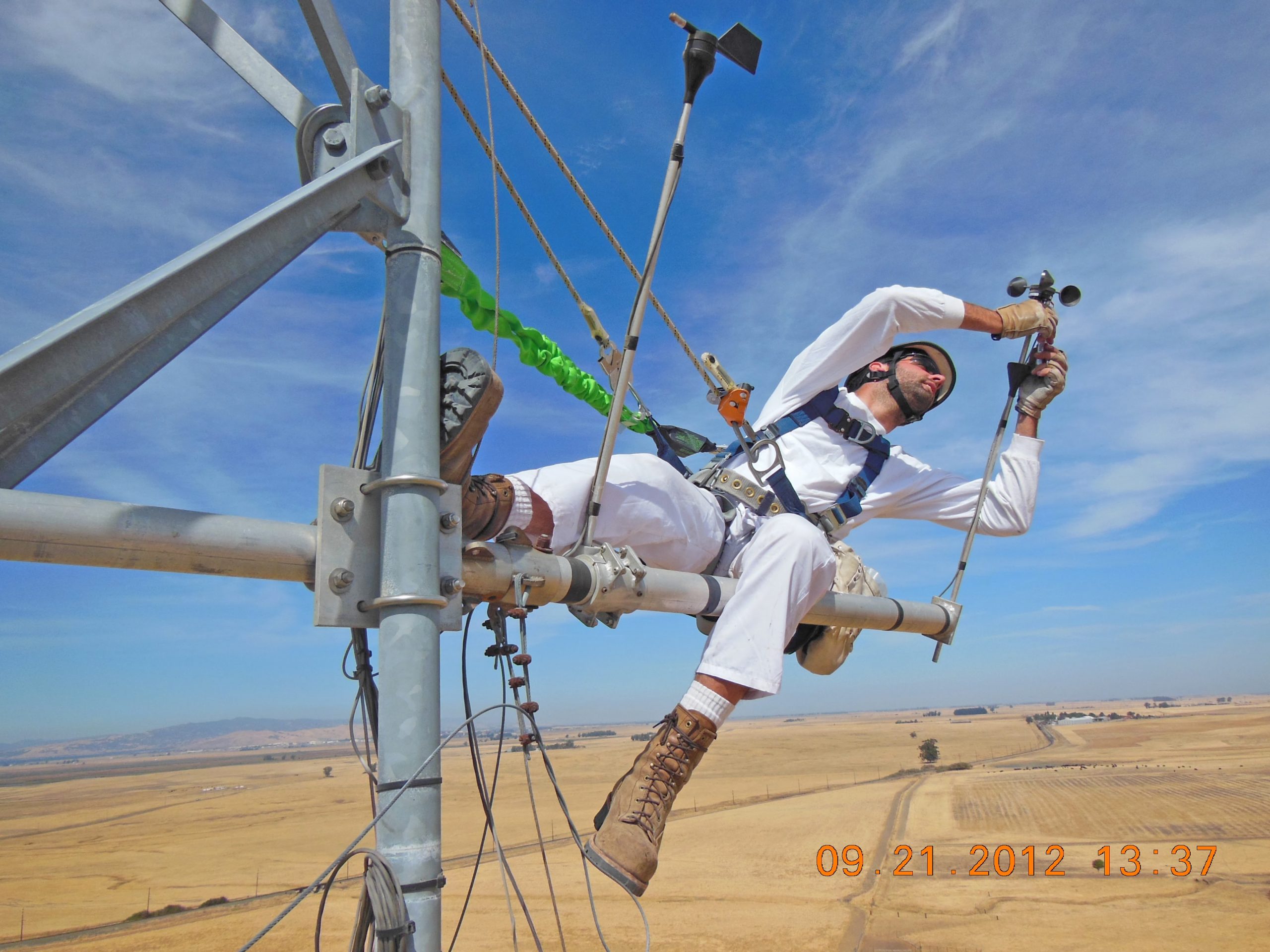
ColdSnap Towers has been working throughout the United States for more than 17 years with an exemplary safety record. Due to its wide footprint, the company can offer affordable mobilization with significant cost savings for clients with flexible schedules.
Fleet maintenance should be added to a company’s maintenance plan to avoid another met tower outage, inaccurate data, unnecessary failed instruments, or a met tower that “nickels and dimes” a wind farm. It can also increase the lifespan and accuracy of a met tower while simultaneously decreasing company expenses.


















